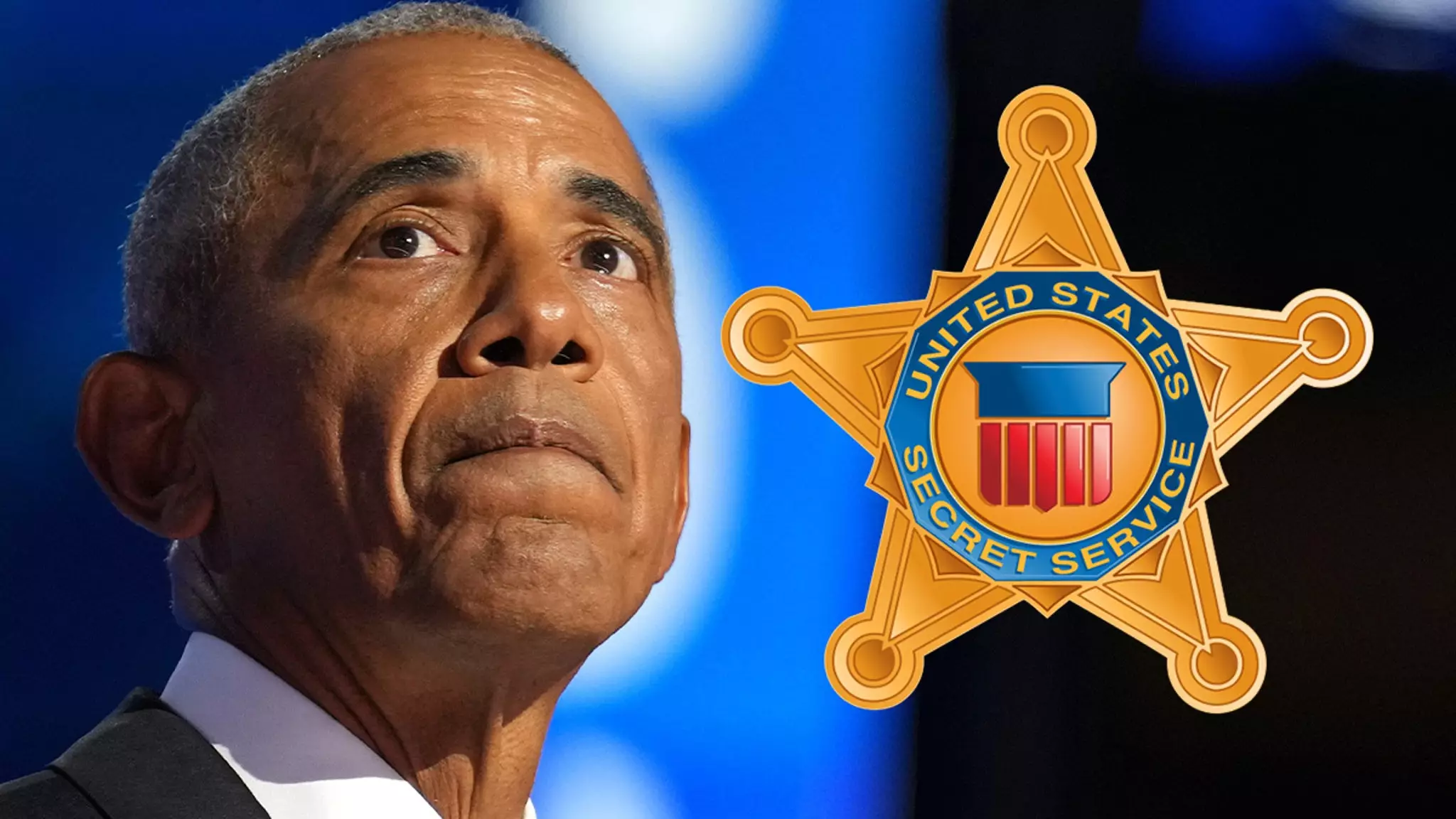In a world where high-profile individuals are under constant scrutiny, security details surrounding them have become more critical than ever. The recent incident involving former President Barack Obama and an armed security guard brings to light serious concerns about the effectiveness of protective measures undertaken by the U.S. Secret Service. The complexities of such situations demand a deeper analysis of the implications, not only for those directly involved but also for the broader context of national security.
Details of the incident describe an eyebrow-raising event that occurred outside a popular restaurant in Hollywood. At around 7:30 PM, Obama was seated in the back of his SUV, seemingly engrossed in some work on his laptop. Meanwhile, an armed security guard, tasked with overseeing a nearby bar mitzvah, inadvertently encountered the former president while attending to his duties. This unforeseen interaction raises critical questions about the preparedness of the Secret Service in safeguarding individuals of high stature in a public setting.
The security guard, unsure of what to expect, was initially unaware that the SUV contained the former president until it was almost too late. This scenario reveals a concerning lack of immediate awareness among personnel tasked with protecting prominent figures. While it is customary for security measures to employ various tactics to disguise the presence of protectees, this incident suggests that there was a significant gap in operational protocols.
Following the confrontation, the guard’s instinct was to retreat, which he did upon realizing the seriousness of his proximity to a high-profile figure. The incident could have escalated dramatically had the guard’s intent been malicious—time and opportunity were on his side. This near-miss suggests a devastating flaw in security measures that are often touted as being fail-safe.
In response to the incident, the Secret Service issued a statement denying that any protectees were at risk during the event. However, the mere fact that an armed individual approached their vehicle without immediate intervention raises alarms about the effectiveness of their safeguarding strategies. The agency’s assertion that their protocols were adequate flies in the face of both eyewitness accounts and the potential for disaster that could have occurred.
This incident comes on the heels of previous security-related controversies involving the Secret Service, notably the attempts on former President Donald Trump’s life. As scrutiny intensifies over the agency’s protective measures and incident responses, it is clear that the agency must reflect on its practices. Public confidence in the system’s ability to protect those in power is essential for its legitimacy.
The Obama incident reflects a series of evolving challenges for security personnel in maintaining vigilance amid increasingly common public interactions. It exemplifies how essential it is for the Secret Service to reevaluate and improve training, communication, and operational protocols. Security officials must prioritize proactive measures that prevent future vulnerabilities rather than merely reacting after incidents occur.
The encounter between the armed security guard and Barack Obama should serve as a wake-up call for the Secret Service and various stakeholders involved in the protection of dignitaries. The fine line between safety and risk can easily blur, especially when public figures engage with the community. Thus, it is incumbent upon security agencies to recalibrate their strategies and deliver comprehensive training that reflects the complexities and unpredictable factors of modern security environments.
As society progresses and the nature of public and private life shifts, security professionals must remain one step ahead, ensuring that high-profile individuals can navigate public settings without compromising their safety or that of others. The Obama incident serves not merely as an isolated event; it is a stark reminder of the ongoing challenges and the absolute necessity for vigilance within the realms of personal protection.


Leave a Reply